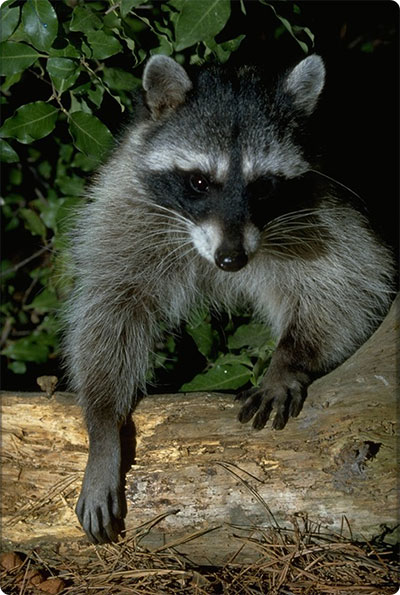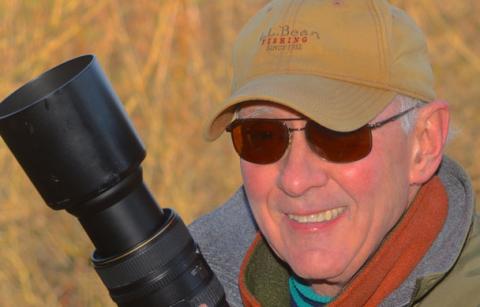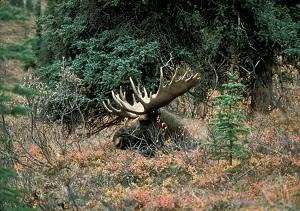Animals
Zebra Mussels

Zebra mussels are typically found in infested lakes and rivers attached to hard surfaces including rocks, other mussels, plant stems, docks, boats, and pipes. In Vermont, they have become established in Lake Champlain and Lake Bomoseen.
Spiny Waterflea

Spiny waterfleas (Bythotrephes longimanus) are typically found in areas of deep, cold, open water. In Vermont, spiny waterfleas are currently found in Lake Champlain.
Asian Clam

Asian Clams (Corbicula fluminea) prefer sand or fine gravel substrates in lakes and rivers that contain high levels of oxygen. In Vermont, Asian clams are currently only found in Lake Bomoseen.
Aquatic Invasive Animals

Use LIEP to learn more about common aquatic invasive animal species found in Vermont waters.
Aquatic invasive animal species impact Vermont's ecosystems and recreational opportunities. These species can harm native animal populations and limit fishing and boating activities. However, there are many steps you can take to prevent the spread of these species and protect Vermont's waters.
Roadkill Procedure

The Vermont Agency of Transportation (VTrans) and the Vermont Fish & Wildlife Department (VTF&W) work together to keep Vermont's state highways safe for wildlife and for drivers.
Raccoon Roundworm
What Is Raccoon Roundworm?

Raccoon roundworm is the common large roundworm or ascarid found in the small intestinal tract of raccoons. Adult worms measure six to eight inches in length and about 0.4 inch in width. They are tan-white in color, cylindrical and taper at both ends.
Raccoon roundworm is common in raccoons in the Northeast and Midwest. Forty to sixty percent of raccoon may carry this parasite.



